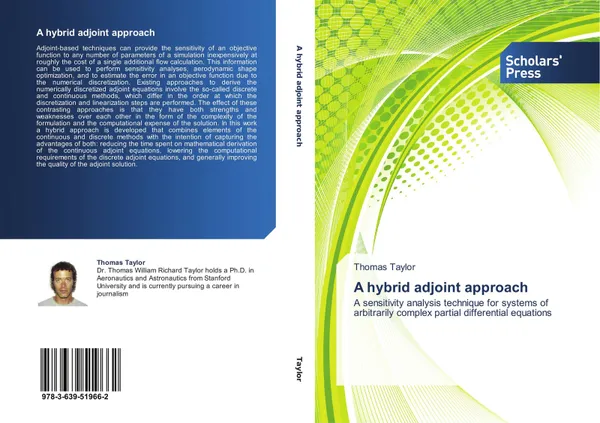A hybrid adjoint approach
📒 Adjoint-based techniques can provide the sensitivity of an objective function to any number of parameters of a simulation inexpensively at roughly the cost of a single additional flow calculation. This information can be used to perform sensitivity analyses, aerodynamic shape optimization, and to estimate the error in an objective function due to the numerical discretization. Existing approaches to derive the numerically discretized adjoint equations involve the so-called discrete and continuous methods, which differ in the order at which the discretization and linearization steps are performed. The effect of these contrasting approaches is that they have both strengths and weaknesses over each other in the form of the complexity of the formulation and the computational expense of the solution. In this work a hybrid approach is developed that combines elements of the continuous and discrete methods with the intention of capturing the advantages of both: reducing the time spent on mathematical derivation of the continuous adjoint equations, lowering the computational requirements of the discrete adjoint equations, and generally improving the quality of the adjoint solution.
Мнения
